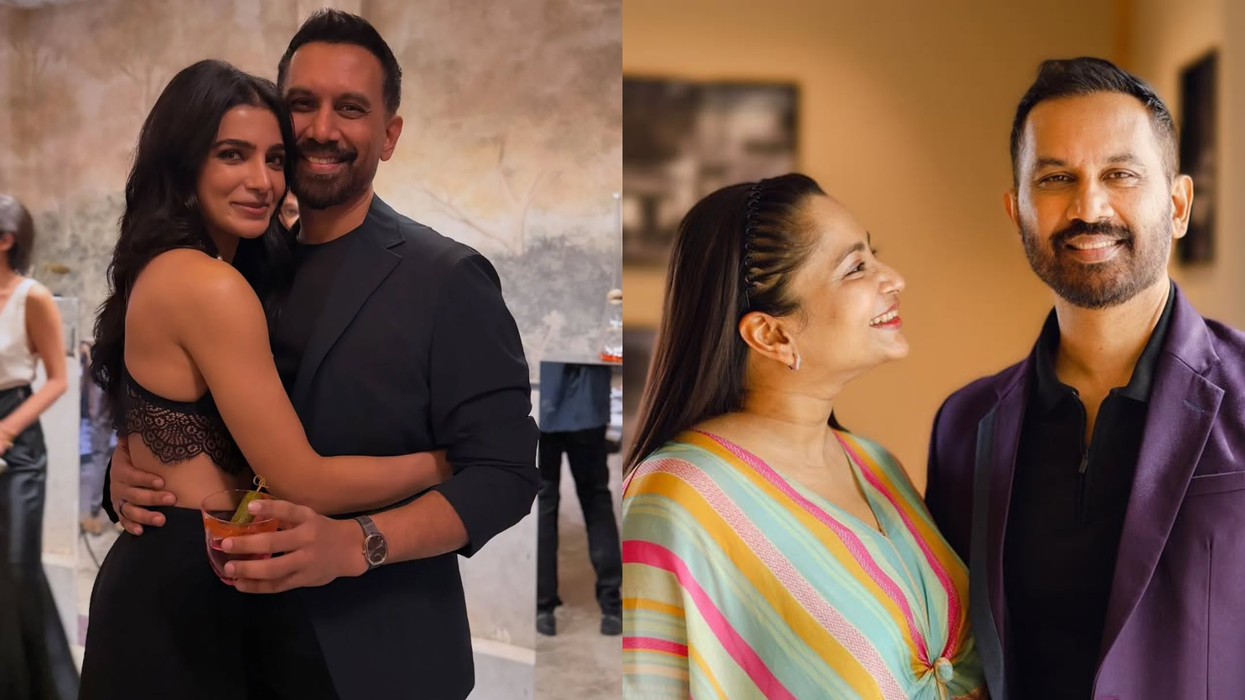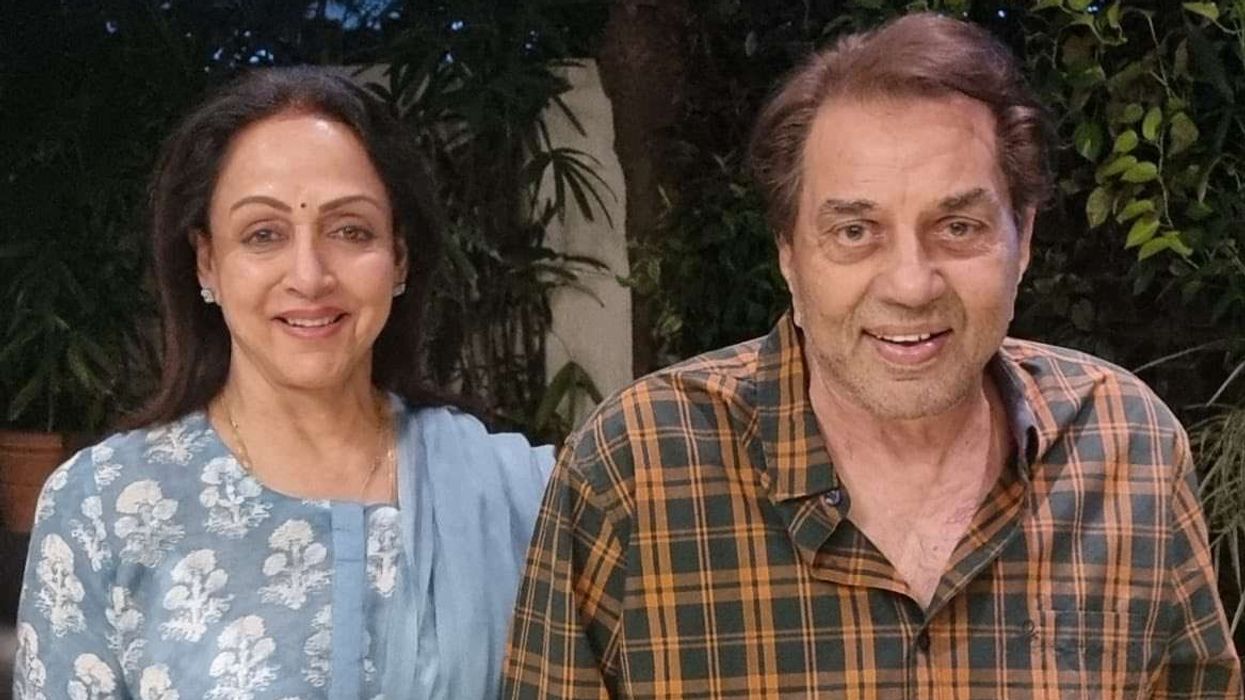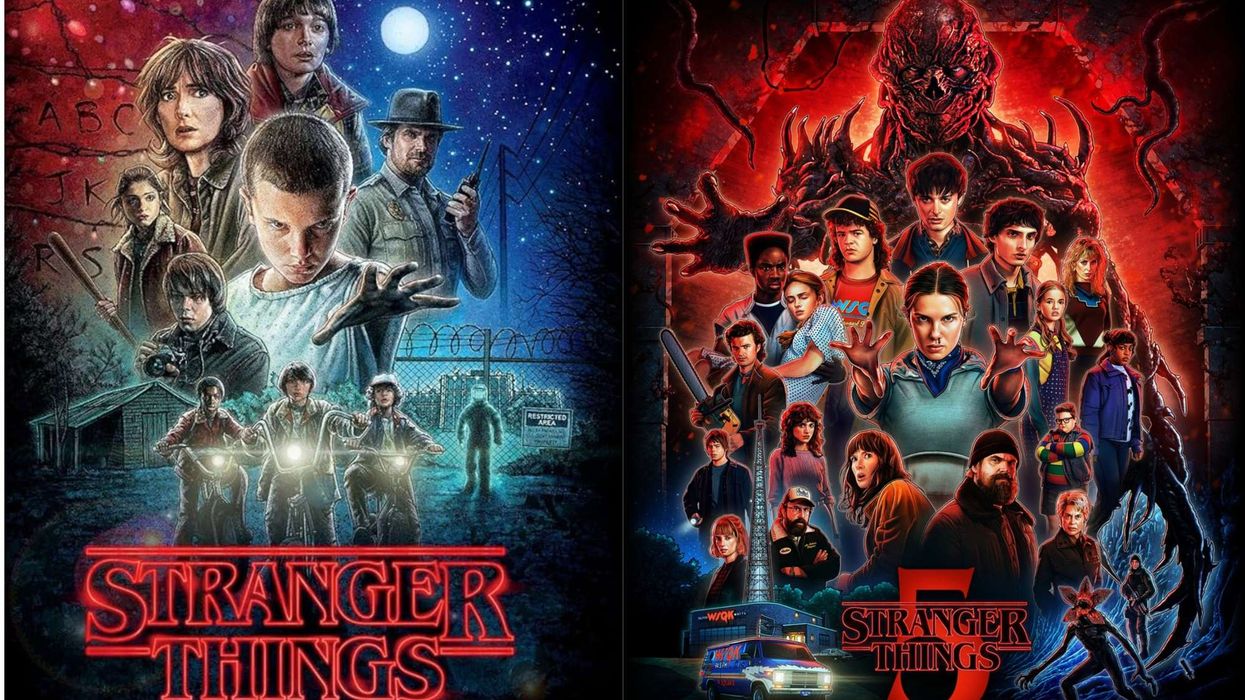ACTRESS MINISSHA LAMBA DISCUSSES HER JOURNEY
SHOWBUSINESS is quite a tumultuous place, filled with cut-throat competition, bitter rivalries, and an unending pressure of expectations.
Not everyone can survive under such seemingly insurmountable odds. But none of this was what really led Honeymoon Travels Pvt. Ltd. (2007), Bachna Ae Haseeno (2008) and Kidnap (2008) star Minissha Lamba to take a long break from films. The naturally gifted actress and movie star chose to leave the spotlight on her own accord.
The beautiful star may not have headlined any Bollywood films over the past eight years, but she has never been too far from the public eye. Her straightforward interviews, strong opinion on various topics and taking on challenges, like becoming a poker player, have kept her in the news. While her fans wait to see her roar back, like all great poker players, she is keeping the cards close to her chest.
In a fun interview with Eastern Eye, Minissha Lamba talks about the early days of her career, the moment she realised she was somebody, importance of having a purpose in life, and how important it is for women to be independent. The actress also fielded a salvo of rapid-fire questions on her most treasured possession, greatest fear and the biggest love of her life.
Where have you been all this while?
(Smiles) I have been right here, in your heart.
Do you ever feel that Bollywood failed to tap into your real talent as an actor?
I think every actor who is not at their peak feels the same. I won’t be any different. Everyone who arrives, comes here to be at the top of the entertainment food chain. What makes someone else’s talent any less than mine?
Did you ever face any sort of discrimination during your active years in the industry?
I have not faced any discrimination at all. It is a very tough industry to be in worldwide, not just in India.
Tell us about the early days of your career. What were some of the first jobs that you did before entering filmdom?
I did a lot of product commercials as a kid and that naturally led to me doing the film Yahaan. That was the film that launched me into the Hindi entertainment sphere.
Do you want to explore any other arena of filmmaking besides acting, such as production or direction?
To be honest, I have not developed an interest for that. I love watching movies and shows but I have no interest in making one.
What is the most important lesson the coronavirus pandemic has taught you in the last one year?
The pandemic has indeed been hard on all of us. It has taught everyone something or the other. As far as I am concerned, it has taught me to live for today, to appreciate the world that we live in and what we have.
How do you look at the phenomenal growth of streaming media platforms, especially over the past few years?
Actually in India, the growth exploded only during the pandemic. It is a question about affordability and comfort, you know. You pay the price of one or two movie tickets for an entire month’s subscription of entertainment. You don’t have to go out, as you can entertain yourself in the comfort of your home and phone. It has changed how we consume entertainment.
Do you feel that it might pose a threat to cinema culture in our country?
Yes, it certainly will. If the coronavirus pandemic, especially in India, does not come under control in the next few months, then movies that were made to release in theatres will have to undergo a shift in their business plan for the next couple of years.
What are your five most favourite web-shows or movies that you would like to recommend to your fans?
Black Mirror, Love Death + Robots, Line Of Duty, Watchmen and The Boys. There are many more as well.
I recently read that once your landlady accused you of stealing money. The experience must have left you annoyed to no extent.
It was my PG lady. Frankly speaking, I was amused at first. It felt like an absurd farce going on. The most irritating part of it was that I had to then get out of my comfort zone and move out of there. And finding an apartment in Bombay, especially when you are flat broke, is no easy venture. It was really a difficult task.
Do you remember the moment you realised you were somebody?
When it made getting a table at a restaurant in the last minute much easier. Small perks.
These days, what do you see when you look in the mirror? What do you think makes a woman beautiful as she ages?
I feel that confidence is the key. Your belief in yourself, your belief in who you are and what you represent. And this may change over the years.
Do you believe in God?
I believe in an energy. I believe in karma. Doing good is important. It all balances in this life or the next.
We all talk about the importance of having a purpose in life. What are you living for?
That is one thing I have not figured out yet. But a purpose in life is very important. Everybody should have a purpose in their lives.
What are some beauty rituals that you have clung to during the pandemic?
Moisturising. It is a big win. Nothing else though.
How has your perception of your self-worth evolved over the years?
Perception does change I feel. It changes with how much I have contributed towards my work. I think an actor’s work touches people’s hearts when it is a good film. That makes you feel like you have done something of worth that will be out there forever.
According to you, how important it is for women to be independent in life?
If you are someone who would like that, then of course it is important. There may be people out there who are perfectly happy not doing anything about it and it works for them. For me, I love being independent and self-reliant.
Rapid fire questions
When were you happiest?
My happiest moment was when I first came to Mumbai for about seven years and then now in between has been various ranges of happiness.
What’s your greatest fear?
To not be able to provide for myself.
What is the trait you most deplore in yourself?
My lack of a go and grab it for yourself attitude towards life.
What is your most treasured possession?
My personality and the way I think.
If you could bring something extinct back to life, what would you choose?
I wouldn’t bring anything back to life. We humans would only cage it and make its life a misery.
What is the worst thing anyone has said to you?
There must have been stuff, but I do not remember.
What or who is the greatest love of your life?
That would be books. It has stood the test of time and continued to be my most consistent life companion.
If you could edit your past, then what would you change about it?
I would be brave and make some choices that I did not.
How would you like to be remembered?
As someone you always had great memories with.
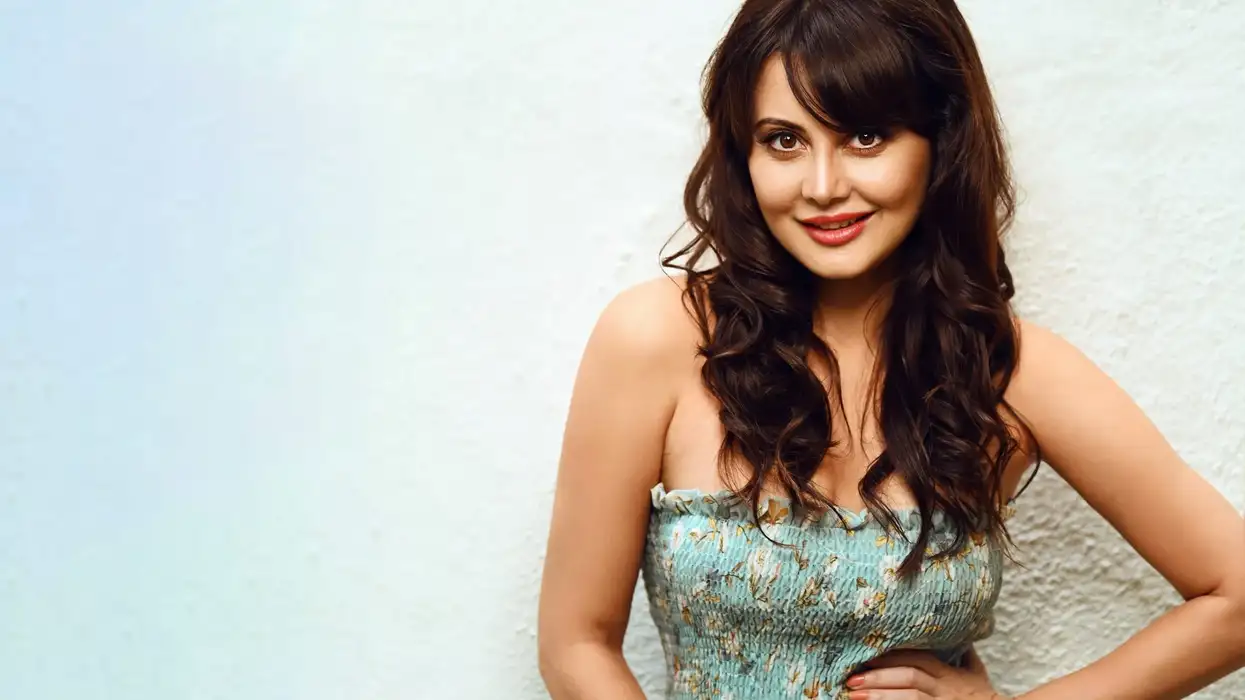

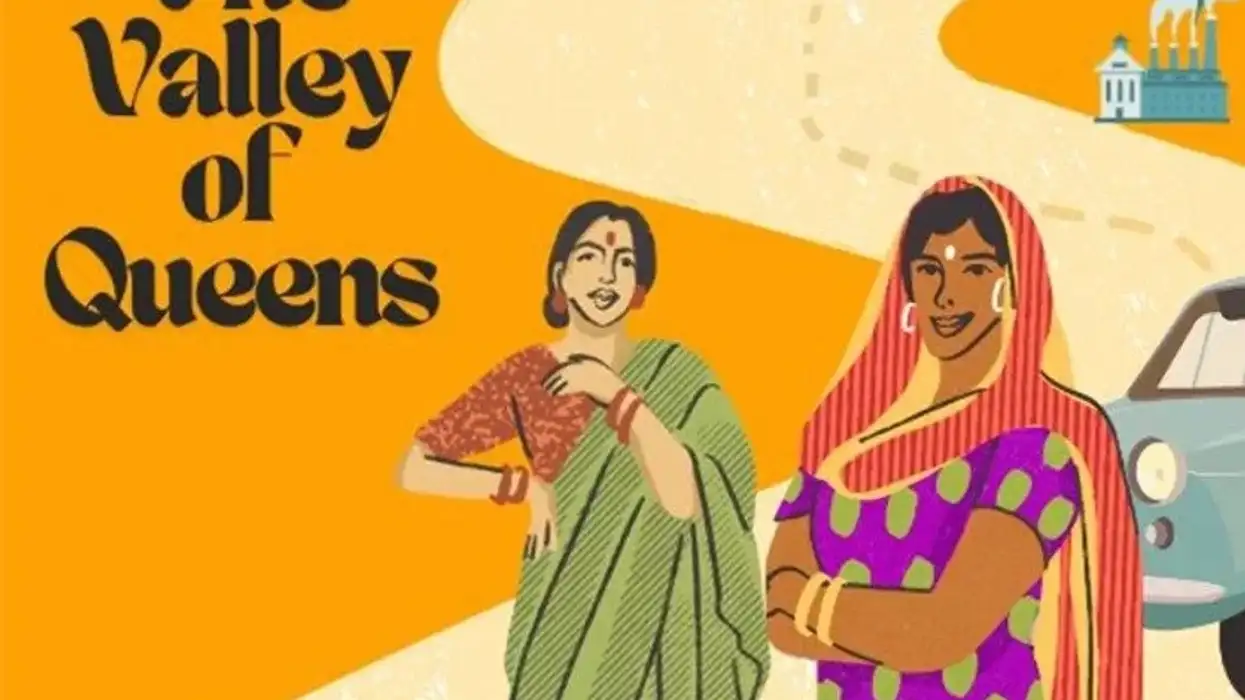
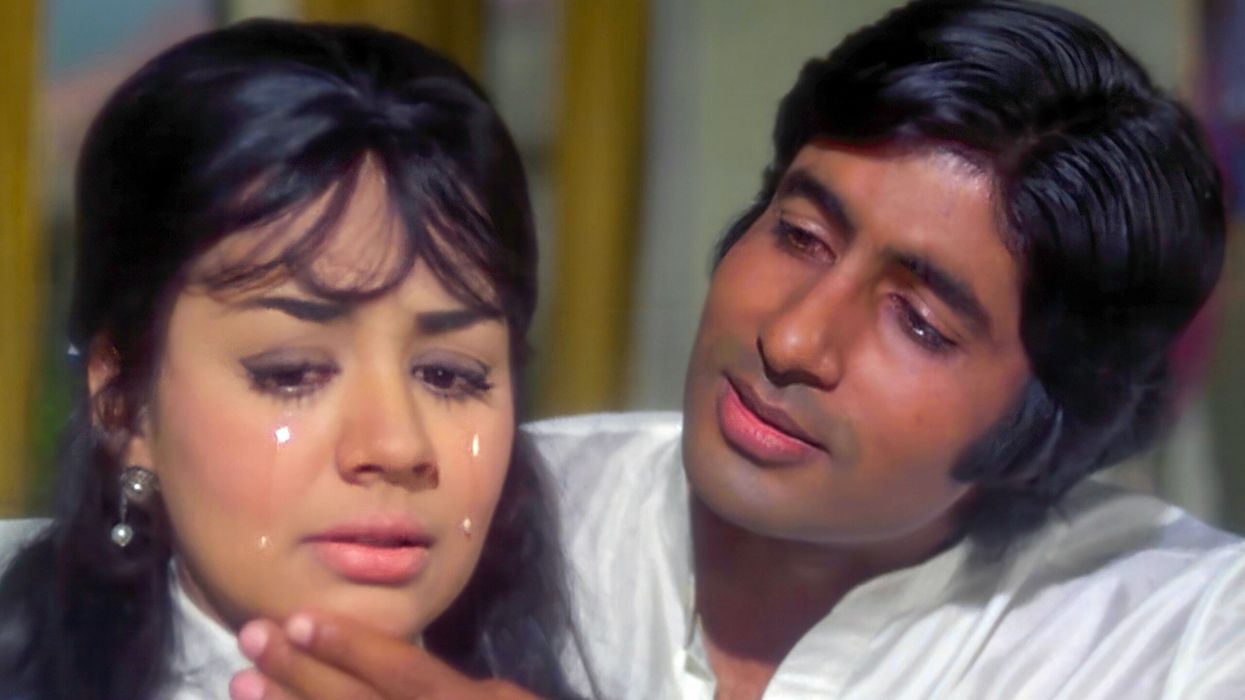
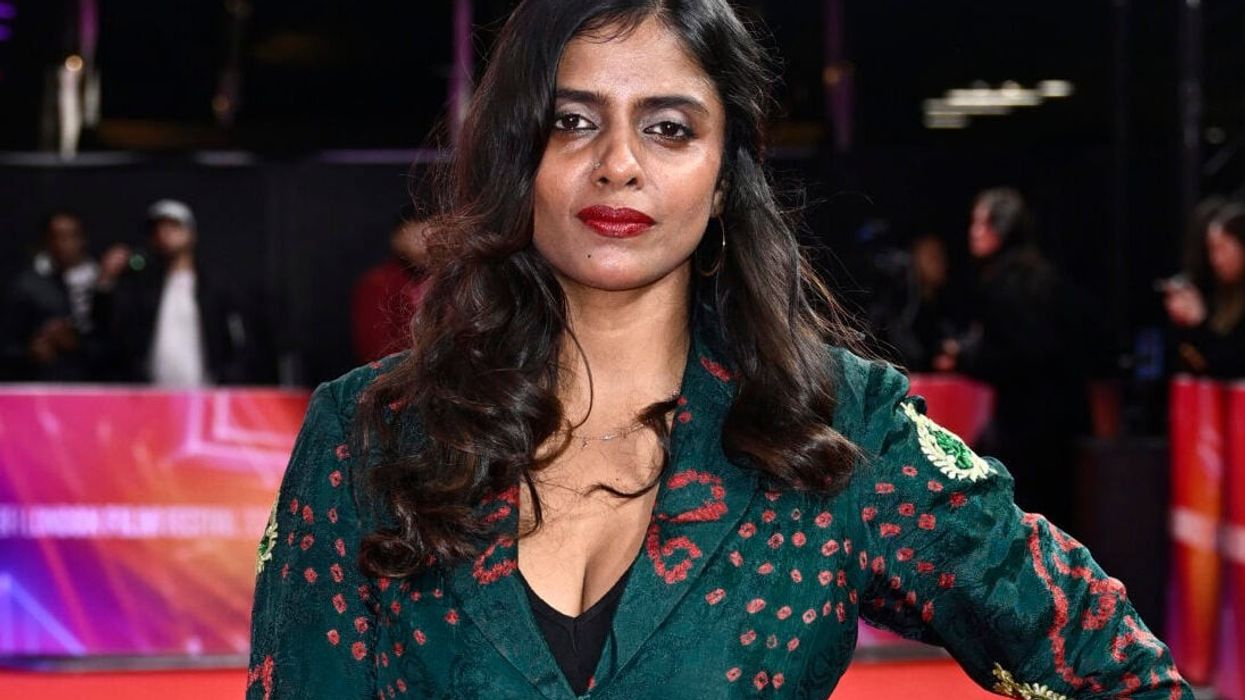
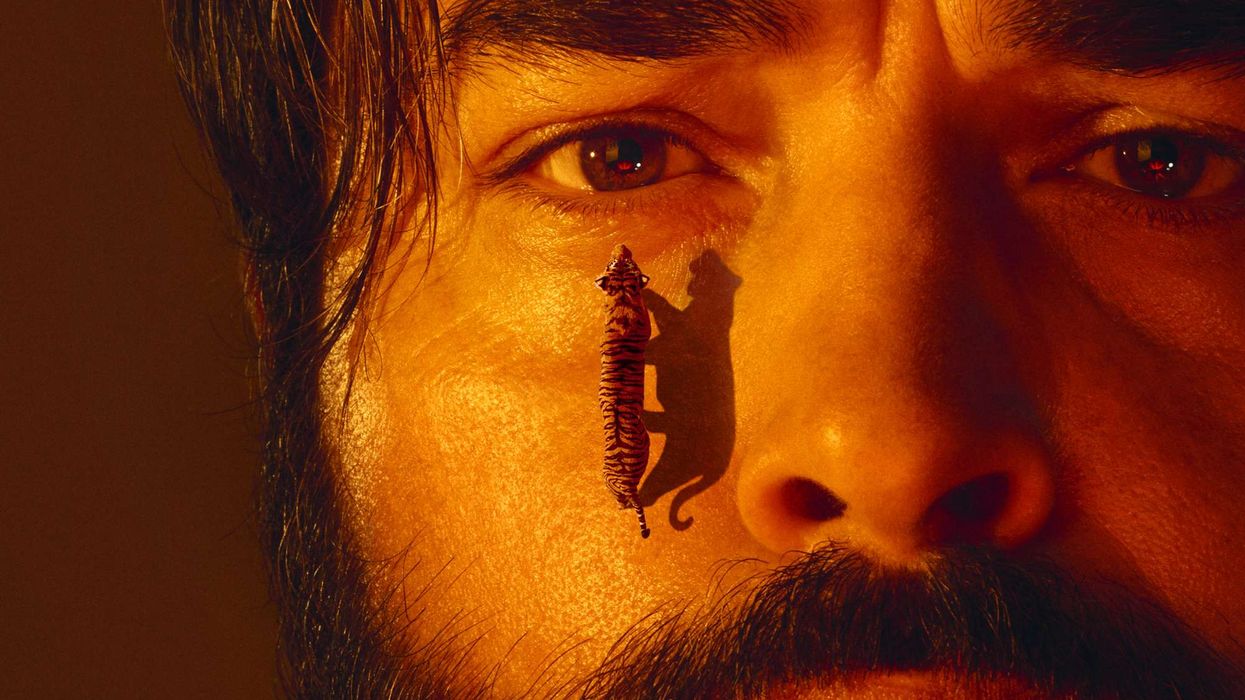
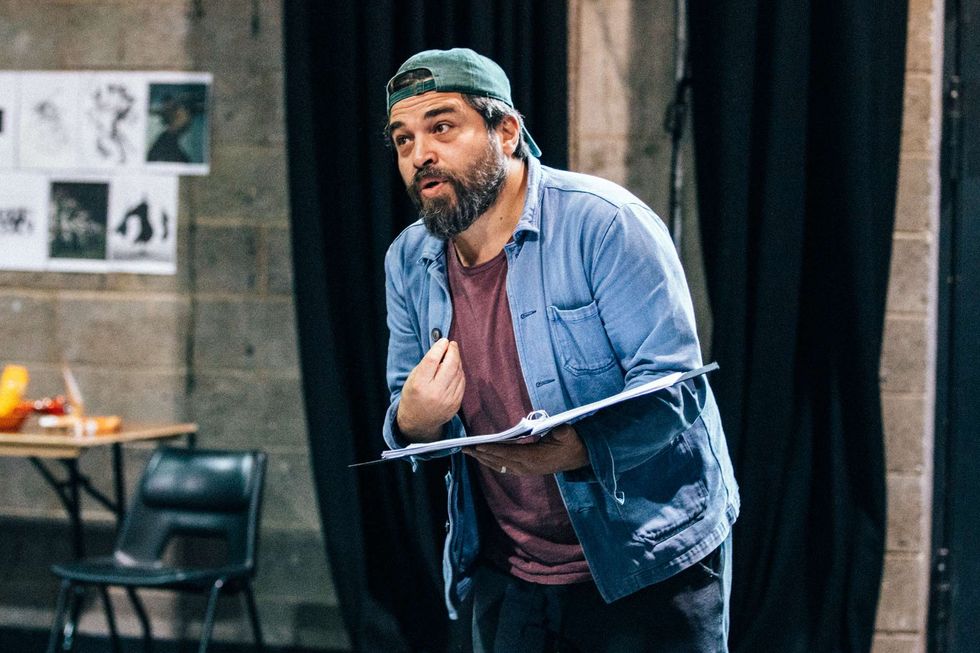 Ammar says the play’s script itself served as a compass in navigating Musa’s divided psycheIsha Shah
Ammar says the play’s script itself served as a compass in navigating Musa’s divided psycheIsha Shah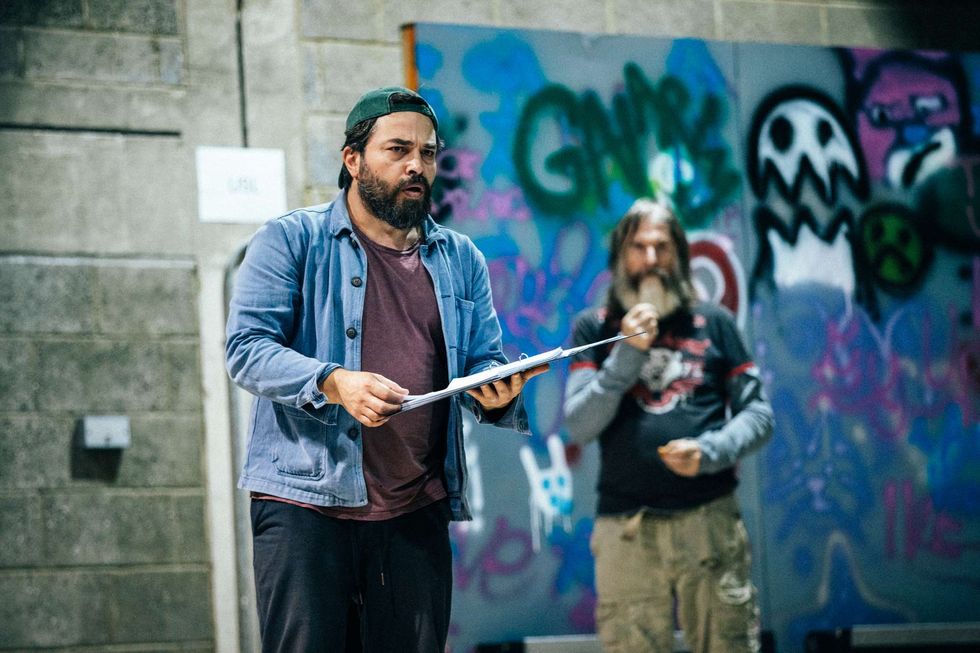 Bengal Tiger at the Baghdad Zoo runs at the Young Vic Theatre in London from December 2 – 31 January 31 2026Isha Shah
Bengal Tiger at the Baghdad Zoo runs at the Young Vic Theatre in London from December 2 – 31 January 31 2026Isha Shah
